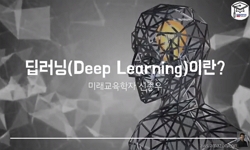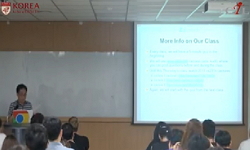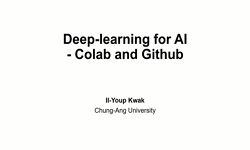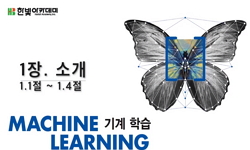Recently, the fourth industrial revolution has been presented as a new paradigm and additive manufacturing (AM) has become one of the most important topics. For this reason, process monitoring for each cross-sectional layer of additive metal manufactu...
http://chineseinput.net/에서 pinyin(병음)방식으로 중국어를 변환할 수 있습니다.
변환된 중국어를 복사하여 사용하시면 됩니다.
- 中文 을 입력하시려면 zhongwen을 입력하시고 space를누르시면됩니다.
- 北京 을 입력하시려면 beijing을 입력하시고 space를 누르시면 됩니다.
https://www.riss.kr/link?id=A106969557
- 저자
- 발행기관
- 학술지명
- 권호사항
-
발행연도
2020
-
작성언어
English
- 주제어
-
등재정보
KCI등재
-
자료형태
학술저널
-
수록면
7-15(9쪽)
- 제공처
-
0
상세조회 -
0
다운로드
부가정보
다국어 초록 (Multilingual Abstract)
Recently, the fourth industrial revolution has been presented as a new paradigm and additive manufacturing (AM) has become one of the most important topics. For this reason, process monitoring for each cross-sectional layer of additive metal manufacturing is important. Particularly, deep learning can train a machine to analyze, optimize, and repair defects. In this paper, image classification is proposed by learning images of defects in the metal cross sections using the convolution neural network (CNN) image labeling algorithm. Defects were classified into three categories: crack, porosity, and hole. To overcome a lack-of-data problem, the amount of learning data was augmented using a data augmentation algorithm. This augmentation algorithm can transform an image to 180 images, increasing the learning accuracy. The number of training and validation images was 25,920 (80 %) and 6,480 (20 %), respectively. An optimized case with a combination of fully connected layers, an optimizer, and a loss function, showed that the model accuracy was 99.7 % and had a success rate of 97.8 % for 180 test images. In conclusion, image labeling was successfully performed and it is expected to be applied to automated AM process inspection and repair systems in the future.
목차 (Table of Contents)
- ABSTRACT
- 1. Introduction
- 2. Training Data
- 3. Structure of the CNN Model
- 4. Training and Testing
- ABSTRACT
- 1. Introduction
- 2. Training Data
- 3. Structure of the CNN Model
- 4. Training and Testing
- 5. Result and Discussion
- 6. Conclusion
- References
동일학술지(권/호) 다른 논문
-
- 한국기계가공학회
- Saduakas Alisher(사두아카스 알리셔)
- 2020
- KCI등재
-
- 한국기계가공학회
- Jung-Hee Lee(이정희)
- 2020
- KCI등재
-
Durability Analysis due to Design Shape of Pinion Gear
- 한국기계가공학회
- Kyekwang Choi(최계광)
- 2020
- KCI등재
-
- 한국기계가공학회
- Eun-seop Yu(유은섭)
- 2020
- KCI등재






 ScienceON
ScienceON DBpia
DBpia






